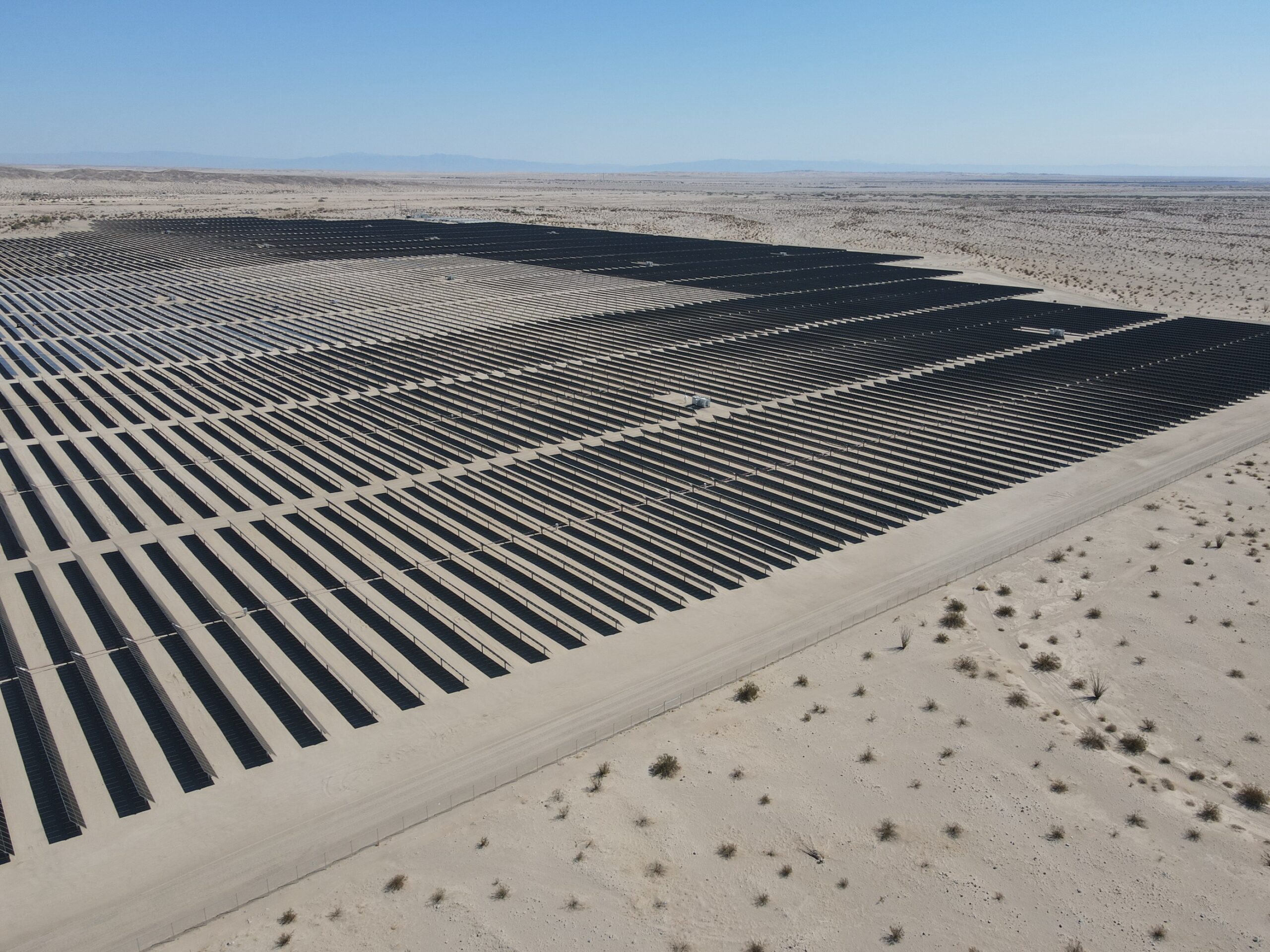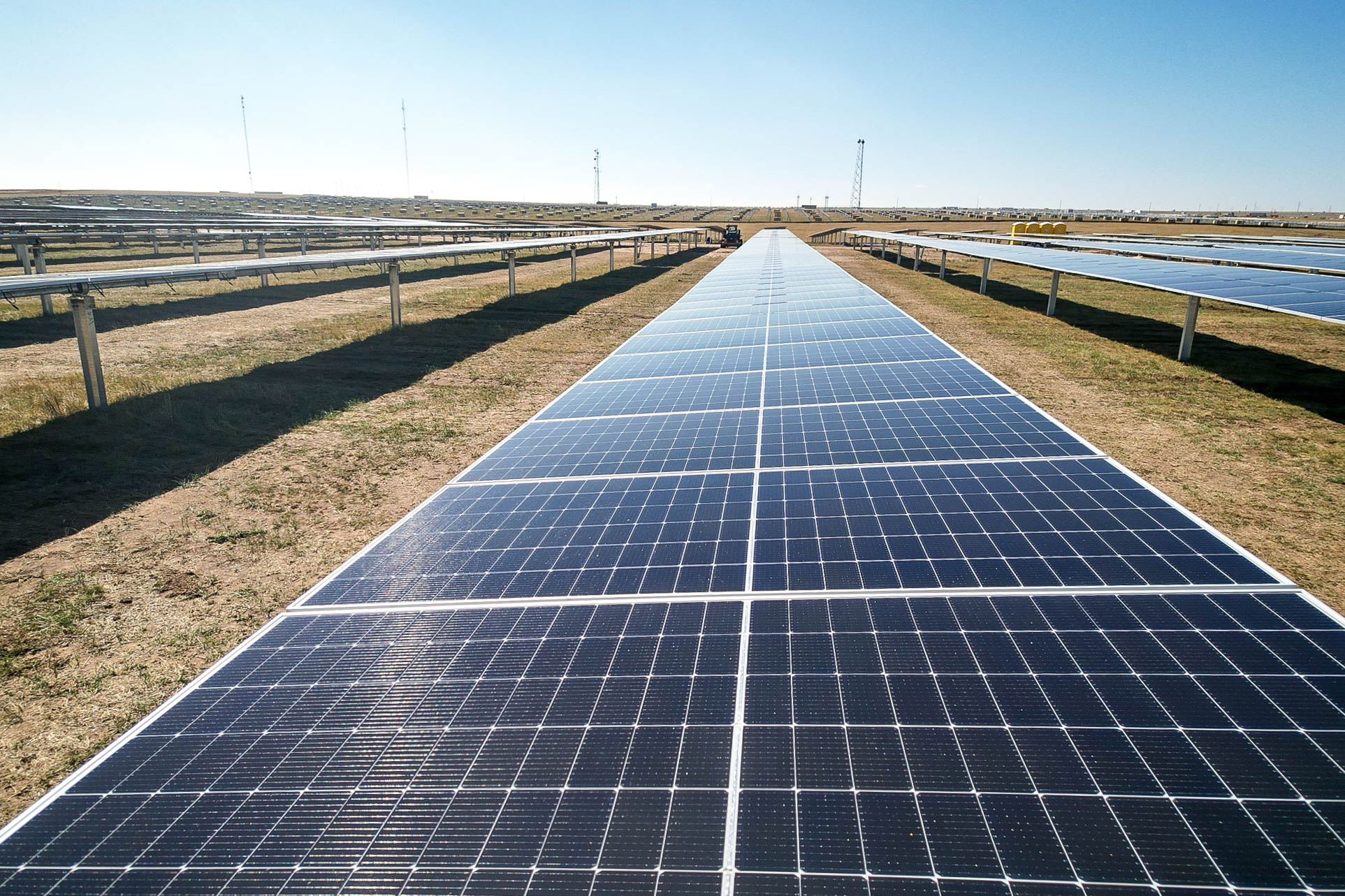Transmission Owners face many challenges, with one of the key priorities being maintaining the reliability of the power system. In the past years, energy costs have been volatile due to a range of issues from natural gas spikes, to macroeconomic issues from domestic to international, and more. Consumers are frustrated with high costs and grid stability. The average consumer rarely digs into their electricity bill to understand how their energy is generated or how it is delivered. Transmission Owners need innovative solutions to meet demand while keeping costs low. We are now in an arena where Battery Energy Storage Solutions (BESS) developers can help Transmission Owners reduce the costs to their consumers.
Over the past century, Transmission Owners have made the grid more reliable through transmission planning and build. We all know new and improved transmission is needed. That means higher costs for ratepayers. To offset these costs, Transmission Owners need to consider adding BESS to their toolbox. Energy storage developers like Qcells can help educate the benefits of Storage as a Transmission Only Asset (SATOA).
Energy storage brings the benefit of flexibility to address transmission needs. Energy storage can increase transfer capability over major bulk transmission interfaces. It helps by better balancing individual transmission interface line loadings and mitigating system voltage and stability issues under various conditions. Energy storage can provide stability services with voltage control and inertia.
In December of 2022, ISO NE filed tariff language for SATOA (ER23-739-000 and ER23-743-000).
Storage as Transmission-Only Asset (SATOA) is electric storage equipment that:
(1) is connected to or to be connected to Pool Transmission Facilities in the New England Transmission System at a voltage level of 115 kV or higher;
(2) the ISO approved to be included in the Regional System Plan and RSP Project List as a regulated transmission solution and Pool Transmission Facility pursuant to the regional system planning processes in Attachment K of the OATT; and
(3) is capable of receiving energy only from the Pool Transmission Facilities and storing the energy for later injection to the Pool Transmission Facilities.
This filing inspires me because it outlines the framework for energy storage to be successful. Storage can be utilized instead of very costly and high regulatory & permitting hurdles of transmission line infrastructure.
Being in the energy industry for over 19 years, I have come across my fair share of advocates against transmission build. I admire all those who have been successful in transmission build above 115kv in the past 20 years. I support transmission build and see its necessity over the next decade. But, because of my energy career, I know it will be difficult to get new transmission build across the country.
This is why ISOs such as MISO and ISO NE stepping up to be leaders in the area of SATOA should be praised for their work. They are trendsetters for others across the country to follow suit and file SATOA rules of their own.
I recently wrote about how NY BEST (New York Battery and Energy Storage Technology Consortium) and the benefits they received from Storage as Transmission (SATA). I discussed multiple cases, one was 82% cost savings to NY consumers to have SATA vs. a more timely and expensive option of building transmission capacity (building a new transmission line).
Storage is a cost-effective alternative to improve transmission system reliability, resiliency, and efficiency. It is justifiable to recover that cost through regulated rate schedules in the same manner as traditional transmission.
If you are a Transmission Owner looking for innovative and cost effective solutions for your transmission system, this is the time to learn about energy storage.
You can help your ratepayers with their energy and delivery costs by understanding current and proposed rules across the country for energy storage.
Qcells USA Corp is developing over 6GWs of PV+S and over 7GWs of BESS across the country – yet another commitment of Qcells aiming for complete clean energy solutions that also provides reliability to the grid.
We should aim to write rules that allow for the reliability of the grid with the least costly solution. This ultimately creates the best benefit for consumers of the bulk electric transmission system.
Stay tuned for more articles from me about various aspects of storage.
To read more blog posts from Amy Jo Miller, please see her blog here.





 USA & Canada
USA & Canada Korea
Korea Germany
Germany United Kingdom
United Kingdom France
France Italy
Italy Netherlands
Netherlands Greece
Greece Poland
Poland Portugal
Portugal Hungary
Hungary Spain
Spain Australia
Australia Japan
Japan